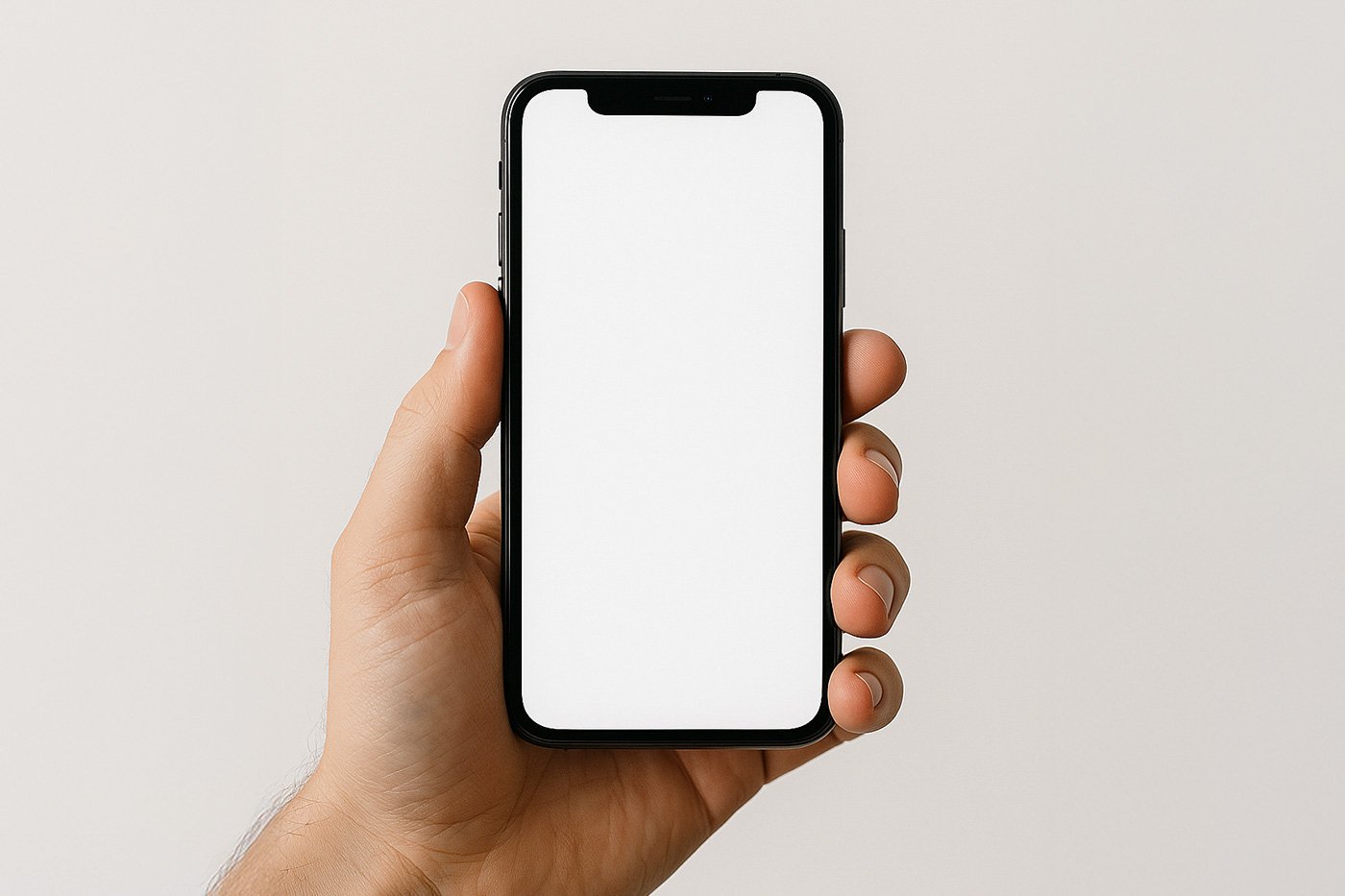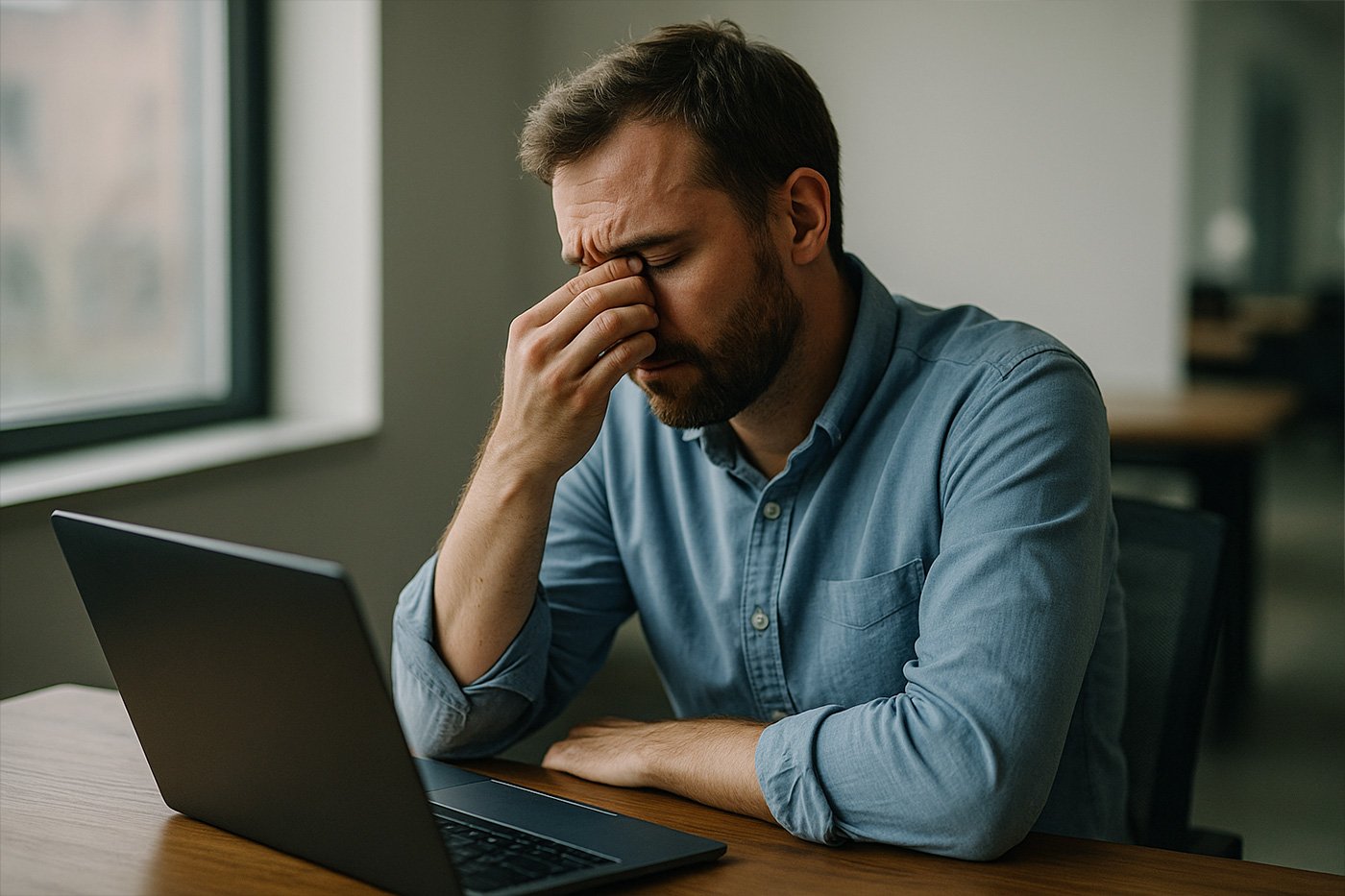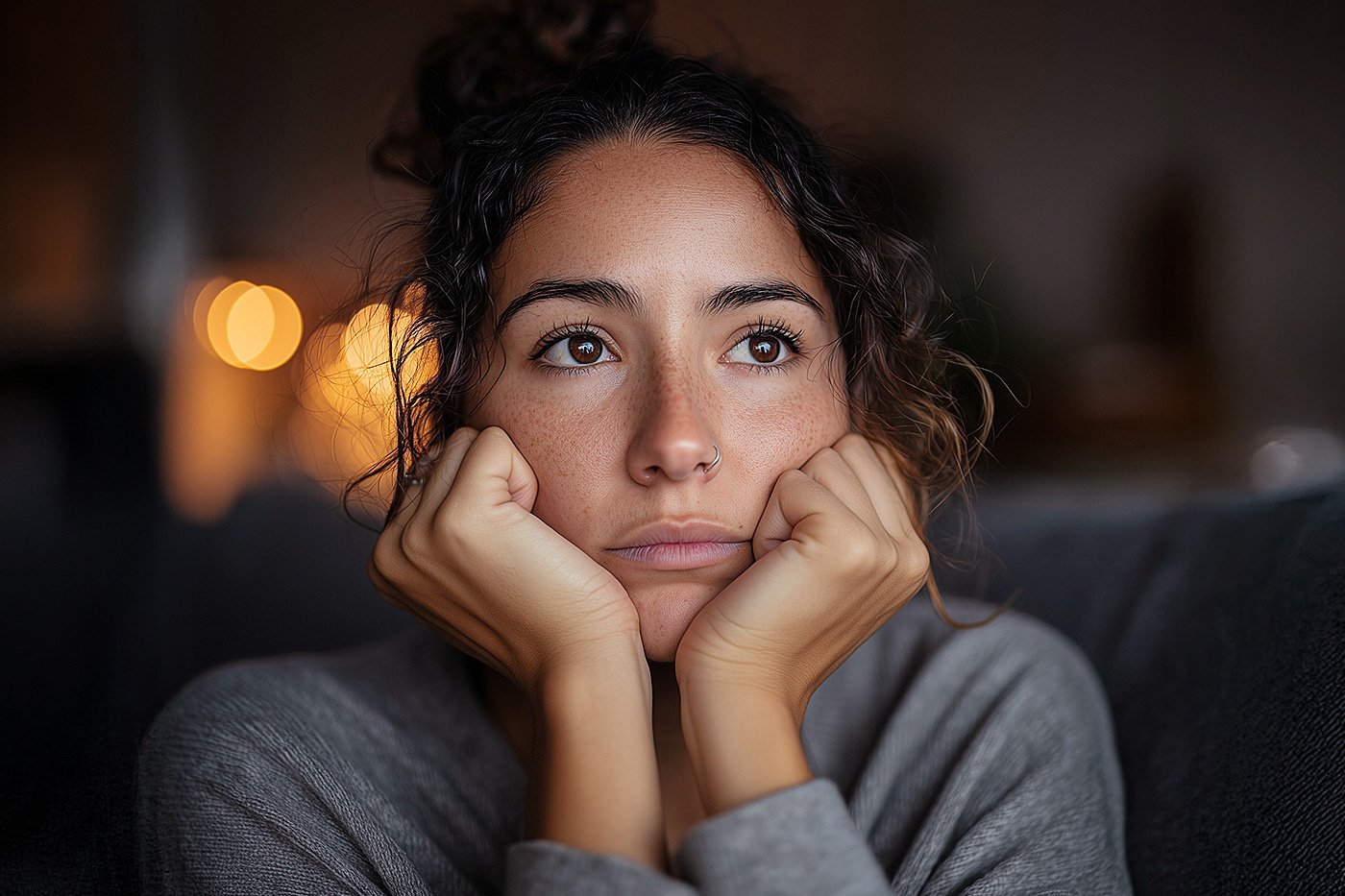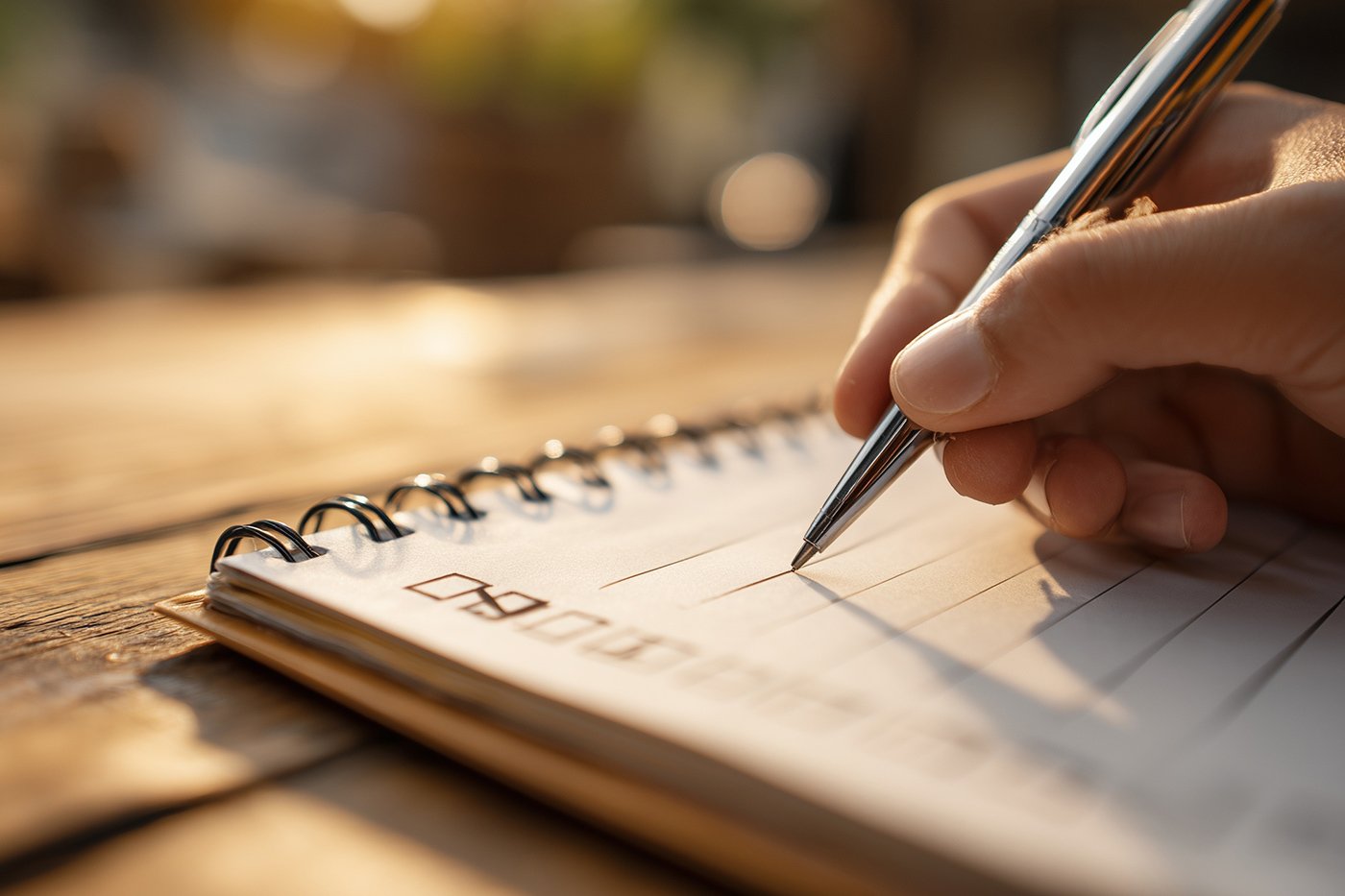Your attention is your most valuable currency: learn how to spend it wisely with Digital Minimalism
Imagine a world where algorithms don’t dictate the rhythm of your breathing. Where every buzz in your pocket doesn’t interrupt your story, your sentence, or your moment. Where you choose—rather than being chosen—by your devices. That world doesn’t have to be utopian. It might already be hiding in the fingertips scrolling across your screen right now. All it takes is asking: what would gain value if I used it less? This is the starting point of Digital Minimalism.
Digital Minimalism shouldn’t be seen as a temporary detox strategy, but as a philosophy of respect: respect for time, for attention, and for inner silence. This philosophy doesn’t demand that we abandon our devices but rather put them in service of something greater than addiction. Cal Newport, author of Digital Minimalism, explains that the practice is about questioning which digital tools genuinely add value to our lives—and cutting out the rest. We often collect apps and notifications like clutter in a house, ignoring their hidden cost until it shows up as anxiety, fatigue, or distraction.
But switching off isn’t simple. It means confronting the discomfort of being alone with your own thoughts. Digital stimulation works like an escape hatch, filling every empty space. Without it, what remains is a quiet room where it’s just us, our ghosts, and our possibilities.
A 30-day digital declutter
Newport suggests a concrete practice: a 30-day digital declutter. For that period, you give up all optional technologies—anything that isn’t essential—then reevaluate them one by one, through the strict lens of value. In reintroducing them, each tool has to justify its place: What role does it play? Under what conditions? Does it provide something no other tool can? Many who’ve tried this process discovered that platforms they thought were vital were nothing more than automatic habits, stripped of meaning when confronted with the essential question: why am I using this?
The path to Digital Minimalism rests on three core principles. First: clutter is costly. Every extra app is another potential distraction, another notification, another invisible weight. Second: optimization is essential. It’s not just about cutting back; it’s about fine-tuning the use of what remains so that each tool delivers maximum benefit with minimal noise. Third: intentionality is deeply satisfying. There’s a calm kind of pleasure in deciding where and how to invest your attention instead of constantly reacting to external triggers. These principles don’t separate us from technology—they give us back control.
In practice, this means setting rituals and clear boundaries. Removing distracting apps from your phone and only accessing them on your computer, at designated times. Turning off non-essential notifications. Creating device-free moments—when you wake up, at meals, before bed. Taking walks without headphones. Experiencing silence. Reading a physical book. Cooking without background noise. Small gestures that restore presence and, above all, bring back the feeling of being fully immersed in what you’re doing.
The benefits of Digital Minimalism emerge quietly, almost imperceptibly at first. Greater mental clarity. Less anxiety. Renewed capacity for focus. More authentic relationships, no longer interrupted by constant buzzing. And a subtle but profound detail: reconnecting with your own natural rhythm—as if, instead of being pulled along by the endless feed, you’ve reclaimed the cadence of time itself. Studies show that constant exposure to multiple screens reduces working memory and heightens susceptibility to anxiety. Practicing digital minimalism creates not just more room to think, but more room to feel—and paradoxically, it’s in that empty space that the best ideas take root.
Imagine waking up without reaching for your phone. Instead of scrolling, feeling your body, listening to the silence, noticing the morning without digital filters. At night, instead of drifting aimlessly through posts, engaging in an unhurried conversation or getting lost in a book. This shift isn’t automatic, nor is it comfortable. Emptiness can be unsettling—but it’s also where growth begins. When we strip away the excess, we realize nothing is missing. On the contrary—we recover everything the digital rush had buried.
Digital Minimalism is not a rigid set of rules—it’s an invitation. An invitation to use technology as a tool, not a cage. An invitation to redesign life around what truly matters, not what distracts. In the end, maybe the real luxury of the 21st century isn’t being constantly connected, but being able to choose when and why.










